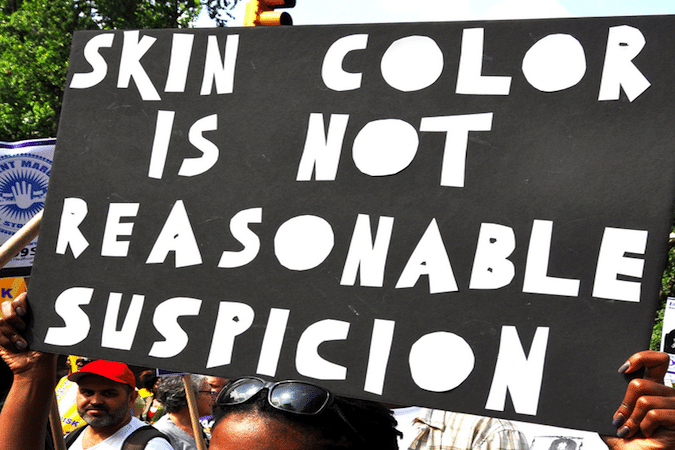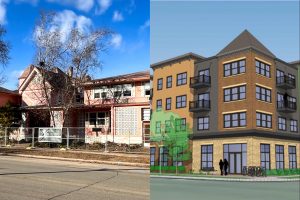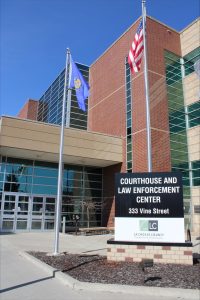Viewpoint: Yes. Racial profiling is still a thing
April 22, 2018
Racial profiling refers to “the discriminatory” practice by law enforcement officials to targeting individuals for suspicion of crime based on the individual’s race, ethnicity, religion, or national origin” (ACLU). The University of California and University of Chicago conducted a study that “recreated the experience of a police officer confronted with a potentially dangerous suspect” and found many interesting conclusions (ACLU).
The study found that “participants fired on an armed target more quickly when the target was African American than when White, and decided not to shoot an unarmed target more quickly when the target was White than when African American; participants failed to shoot an armed target more often when that target was White than when the target was African American. If the target was unarmed, participants mistakenly shot the target more often when African American than when White; shooting bias was greater among participants who held a strong cultural stereotype of African Americans as aggressive, violent, and dangerous” (ACLU).
This information, while not surprising considering the racist society we live in, many people continue to deny because they do not want to admit that our nation and many others fall into racial biases which lead our justice system to fail people of color repeatedly.
Although those of Latino and African American race are primarily the ones impacted by racial profiling, this is also an issue in the Asian and Native American populations.
Within the Asian population they are targeted as “gangs” and there are many reports of Asian Americans being stopped by the police for minimal or no crimes and behind held against their will for hours on ended (ACLU). On a local note, in 2001, the Asian Freedom Project of Wisconsin “issued a report that found the racial profiling of Hmong communities’ active and well, and included the testimony of adults, as well as boys and girls that were directly impacted by racial profiling” (ACLU).
The Native American population also suffer from racial profiling but mostly within a phenomenon that has been named “DWI – Driving While Indian.” For Native and Indigenous people being 2.4 million of the population, they are stopped frequently while driving “by local police sheriffs on roads leading to and from reservations and being stopped and searched not only based on race but also on religious articles hanging from rearview mirrors, and regional license plates that identified them as living on reservations” (ACLU).
People who are Black or Latino experience racial profiling repeatedly while driving or walking. They are stopped and searched without reasonable cause, yelled racial slurs at and are targeted for the color of their skin rather than the severity of their crime, or lack thereof.
In the stop and frisk procedure New York City found that although “Blacks compromise 25.6 percent of the City’s population, 50.6 percent of all persons ‘stopped’ during the period were black. Hispanics comprise 23.7 percent of the City’s population, 33.0 percent of all ‘stops’ were of Hispanics. By contrast, whites are 43.4 percent of the City’s population, but accounted for only 12.9 perfect of all stops’ (ACLU).
Race does not equal criminality; every person in this country has their right to a fair and equal trial and not to be stopped for existing as a person of color. Instead of thinking that people of color are the ones who are committing crimes, selling drugs, or assaulting the public, think of the people you have heard of recently in the news that are doing real crime, because white men and white women, according to the Bureau of Justice Statistics, account for 60 percent of all violent crimes (PolitiFact). We are setting people of color up to fail.







